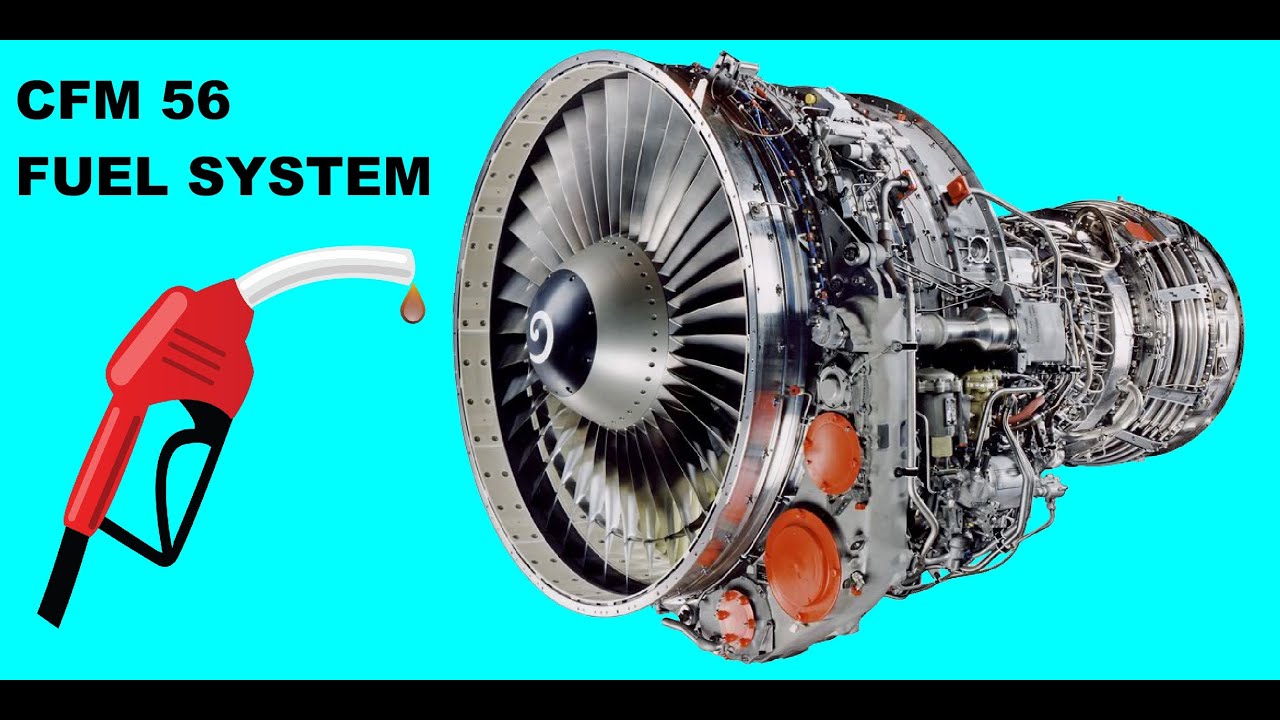The Science Of Small Distances
Summary
TLDRThe video delves into the fascinating world of engineering, focusing on the critical role of precise tolerances in mechanical systems, particularly in car engines. It explains how modern journal bearings, designed to trap a thin film of oil, ensure engine longevity despite millions of revolutions. The video also traces the history of measuring units from ancient times, explains machining tolerances from millimeters to microns, and emphasizes the importance of fit and clearance in part assembly. It concludes by exploring how advanced technologies like nanotechnology push the boundaries of precision in modern manufacturing.
Takeaways
- 😀 The total number of vehicles on Earth surpassed 1 billion in 2010, with estimates suggesting 2.5 to 3 billion internal combustion engines in existence by 2018.
- 😀 Car engines rely on journal bearings, which consist of ground and polished metal parts rotating within a softer, replaceable ring of metal, supported by a thin film of oil.
- 😀 The ability to create precision mechanical parts with tight tolerances has dramatically transformed society and the global industrial landscape.
- 😀 The definition of length has evolved from ancient measurements like the cubit and foot to the modern meter, which is now based on the speed of light in a vacuum.
- 😀 Modern tolerances allow for precise mechanical measurements and specifications, enabling high-precision engineering and manufacturing.
- 😀 Precision measuring tools like micrometers are essential for working with extremely small distances, such as 25 microns, which is the practical limit for machine processes.
- 😀 As the scale of tolerances becomes smaller, the impact of temperature and material properties on dimensions becomes more significant, particularly in engineering applications like car engines.
- 😀 Thermal expansion is an important consideration in engineering; for example, heating parts like a piston can make it easier to fit components like a wrist pin.
- 😀 At the micron scale (1 micron = 1 millionth of a meter), precision machinery and techniques such as grinding and photolithography are employed to maintain tight tolerances.
- 😀 Small distances down to 2-5 microns are crucial for maintaining proper oil films in engines, allowing for minimal metal-to-metal contact and ensuring long engine life.
- 😀 Nanotechnology and submicron processes, like those used in semiconductor manufacturing, deal with distances on the scale of atoms, representing the cutting edge of precision technology.
Q & A
What milestone occurred in 2010 regarding vehicles on Earth?
-In 2010, an unprecedented milestone was reached when the total number of vehicles on Earth surpassed 1 billion.
How many internal combustion engines were estimated to exist on Earth in 2018?
-It was estimated that 2.5 to 3 billion internal combustion engines existed on Earth in 2018.
What is the average age of vehicles in the United States?
-The average age of vehicles in the United States is 11 and a half years.
How many revolutions can an 11.5-year-old engine have undergone in its life?
-An 11.5-year-old engine could have undergone anywhere from 500 million to 1 billion revolutions in its life.
What is a journal bearing and how does it contribute to engine reliability?
-A journal bearing is a mechanical device where ground and polished metal parts rotate in a hole lined with a softer contact metal. A tiny gap between the two parts traps a thin film of oil, which bears the load of the engine's power and contributes to its longevity and reliability.
What is the historical origin of standardized length measurements?
-The first forms of standardized length measurement were based on natural body parts, such as the cubit (based on the forearm) and the foot (based on the human foot). These were used by ancient civilizations like the Egyptians, Indians, Mesopotamians, Romans, and Greeks.
How is the modern meter defined?
-The modern meter is defined as the length of the path traveled by light in a vacuum in one 299,792,458th of a second.
What is the practical limit of what we can measure with our hands?
-With our hands, the practical limit of what we can measure without tools is around 1 millimeter, although finer measurements require specialized tools like micrometers.
What is the role of fit clearance in engineering?
-Fit clearance allows for manufacturing inaccuracies and helps in assembling parts by creating a purposeful gap between them. It can be categorized into three types: clearance fit, location fit, and interference fit, each serving different engineering purposes.
Why is understanding tolerances important when working with small parts?
-Understanding tolerances is crucial because small variations in part dimensions can affect the fit and function of parts. These variations need to be accounted for in manufacturing and assembly processes to ensure proper operation and minimize errors.
Outlines

This section is available to paid users only. Please upgrade to access this part.
Upgrade NowMindmap

This section is available to paid users only. Please upgrade to access this part.
Upgrade NowKeywords

This section is available to paid users only. Please upgrade to access this part.
Upgrade NowHighlights

This section is available to paid users only. Please upgrade to access this part.
Upgrade NowTranscripts

This section is available to paid users only. Please upgrade to access this part.
Upgrade Now5.0 / 5 (0 votes)





